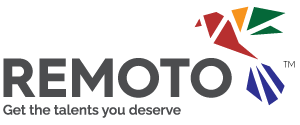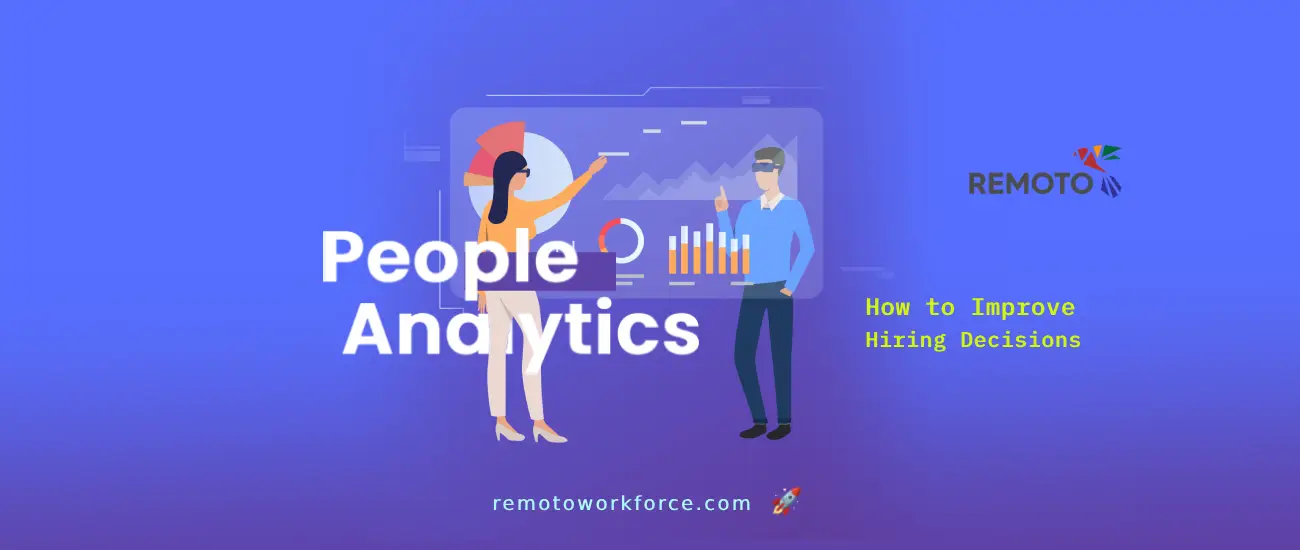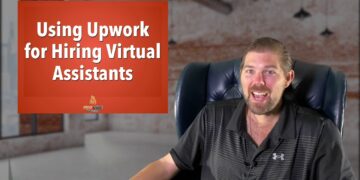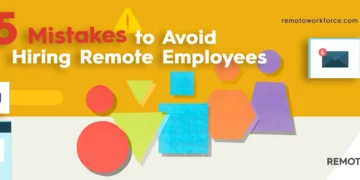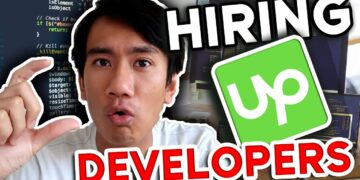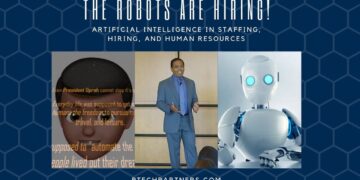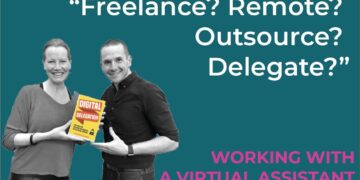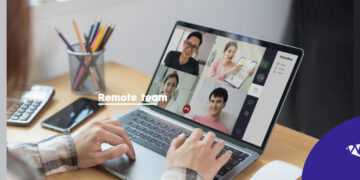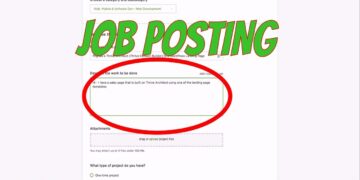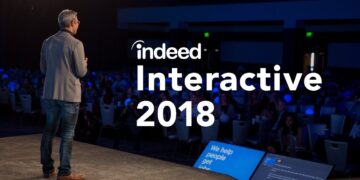Hiring used to depend greatly on gut feelings, first impressions, and resumes full of fancy words. But today, that’s no longer enough. People analytics is redefining how companies approach recruitment. By looking at data about candidates and employees, companies can find patterns that help them hire better, faster, and more efficiently.
People analytics, also known as HR analytics or talent analytics, uses data from various sources, like applicant tracking systems, assessments, interviews, and even workplace behavior, to support better hiring decisions.
If you’re ready to build stronger, more resilient teams, people analytics should be in your recruitment toolkit. Let’s break down how this approach changes hiring from an art into a science without losing the human touch.
Crystal Clear Hiring: Define What Success Looks Like
Before diving into data, you need a crystal-clear understanding of what makes someone successful in a given role. People analytics starts with defining key performance indicators (KPIs) tied to employee success, whether that means productivity, customer satisfaction, collaboration, or innovation.
You can then work backwards. What traits, experiences, or competencies do top performers in your company have in common? This insight helps build ideal candidate profiles grounded in reality, not assumptions. From there, you can tailor job descriptions, screening criteria, and interview questions to attract and identify statistically more likely candidates to thrive.
This strategy prevents mismatches and sets realistic expectations from day one. Plus, it aligns hiring managers and recruiters on a data-backed definition of “success,” reducing bias and increasing consistency across the board.
Mining Your ATS Goldmine: Use What You Already Have
Chances are, your applicant tracking system (ATS) is a goldmine of untapped hiring data. Every resume, application, interview note, and feedback form holds valuable insight into who you hired, and why. People analytics tools can comb through this data to identify what worked, what didn’t, and what patterns emerge over time.
Did specific assessment scores correlate with better retention? Were candidates with specific keywords in their resumes more likely to be promoted? Did hiring from certain sources result in higher-quality hires? These answers lie buried in your systems, waiting to be revealed.
By analyzing historical hiring data, you gain actionable insights that sharpen your future recruitment strategy. Instead of starting from scratch every time you open a role, you’ll be guided by evidence that shows what success looks like, based on your company’s real-life hiring history.
Say Goodbye to Guesswork: Predict Candidate Potential
People analytics goes beyond historical data; it can also help you predict future performance. Advanced tools use machine learning and predictive modeling to assess which candidates are most likely to succeed based on traits, experiences, and behaviors.
This doesn’t mean relying on algorithms alone. Instead, predictive analytics supplements your hiring process with a second opinion grounded in data. For instance, a candidate’s past job titles or certifications might not seem impressive on paper, but their behavioral assessment or culture-fit score might reveal top-tier potential.
Predictive insights also help streamline decision-making. Instead of spending hours debating between two final-round candidates, you can lean on analytics to identify who aligns more closely with past top performers or even uncover hidden gems who outperform the competition.
Hire for Fit, Not Just Skills: Data Meets Culture
It’s easy to focus on hard skills, degrees, and years of experience, but that’s only half the story. People analytics allows you to measure cultural fit and values alignment by analyzing employee engagement data, personality assessments, and peer feedback.
Why does this matter? Because culture fit impacts performance, collaboration, and retention more than many technical skills do. A technically brilliant hire who doesn’t mesh with your team can cause friction, while a values-aligned team player might elevate your entire department.
By using culture-fit analytics in your hiring plan, you can improve not only who you hire, but also how well they adapt, help, and grow. It’s a shift from “Can they do the job?” to “Will they thrive here?” That makes all the difference.
Eliminate Bias and Build Equitable Teams
Bias can creep into hiring decisions in subtle, unintentional ways. From resume screening to final interviews, personal preferences and unconscious assumptions often influence outcomes. People analytics offers a powerful antidote: transparency and accountability.
People analytics looks at hiring trends across gender, race, age, education, or other things. It finds where bias may exist, whether it’s some groups being left out at the application stage or having lower offer rates. With this visibility, companies can take proactive steps to design fairer hiring processes.
This data-driven approach also helps build more diverse and inclusive teams. When you rely on structured, unbiased data points instead of gut feelings, you expand your talent pool, reduce turnover, and unlock the benefits of diverse thinking—everything from innovation to improved team morale.
Don’t Just Hire—Measure and Iterate
People analytics doesn’t stop once a candidate signs the offer letter. It continues long after onboarding to track how well hiring decisions are paying off. Are your new hires hitting performance targets? Are they staying with the company? Are they engaging and contributing?
By connecting recruitment metrics to long-term outcomes, people analytics closes the feedback loop. You’ll learn which interview questions actually predict success, which hiring managers are most accurate in their assessments, and which sourcing channels bring in the highest-performing talent.
Hiring is not a one-and-done process—it’s a cycle of continuous improvement. People analytics makes it easier to adapt, evolve, and refine your approach so you’re always hiring better than before.
Hire Like a Strategist
People analytics is the future of hiring. It gives staffing professionals, recruiters, and HR leaders the power to make smarter decisions, build stronger teams, and reduce costly hiring mistakes.
Instead of hiring on hunches, you’ll have access to hard data that clarifies what works and why. That means more successful hires, more engaged employees, and a bigger impact on business performance.
If your hiring strategy still runs on intuition alone, it’s time to upgrade. Use people analytics to take the guesswork out of recruitment and start hiring like a true strategist.
